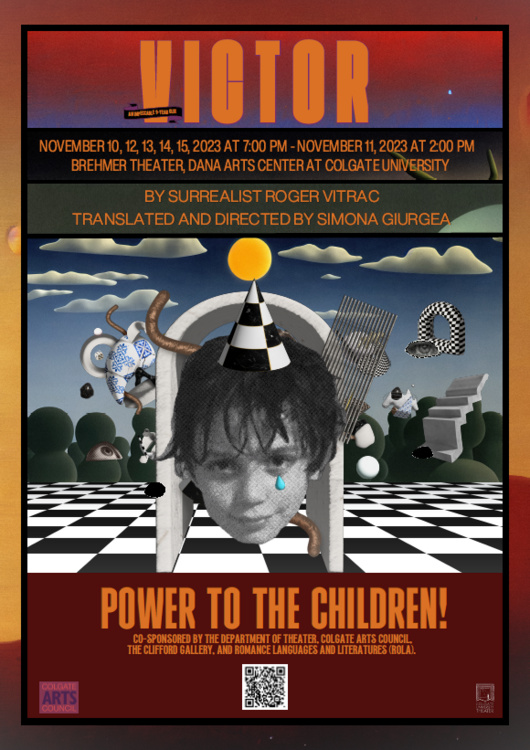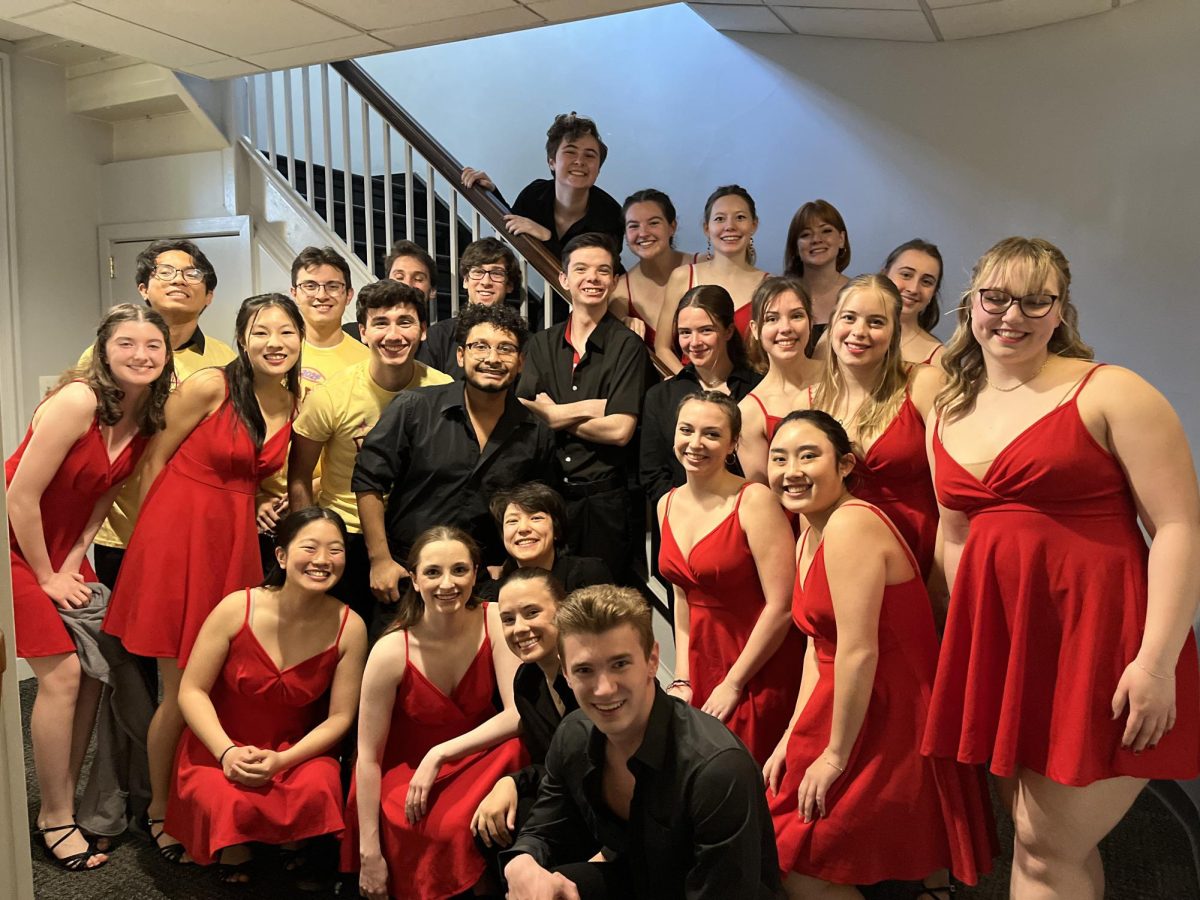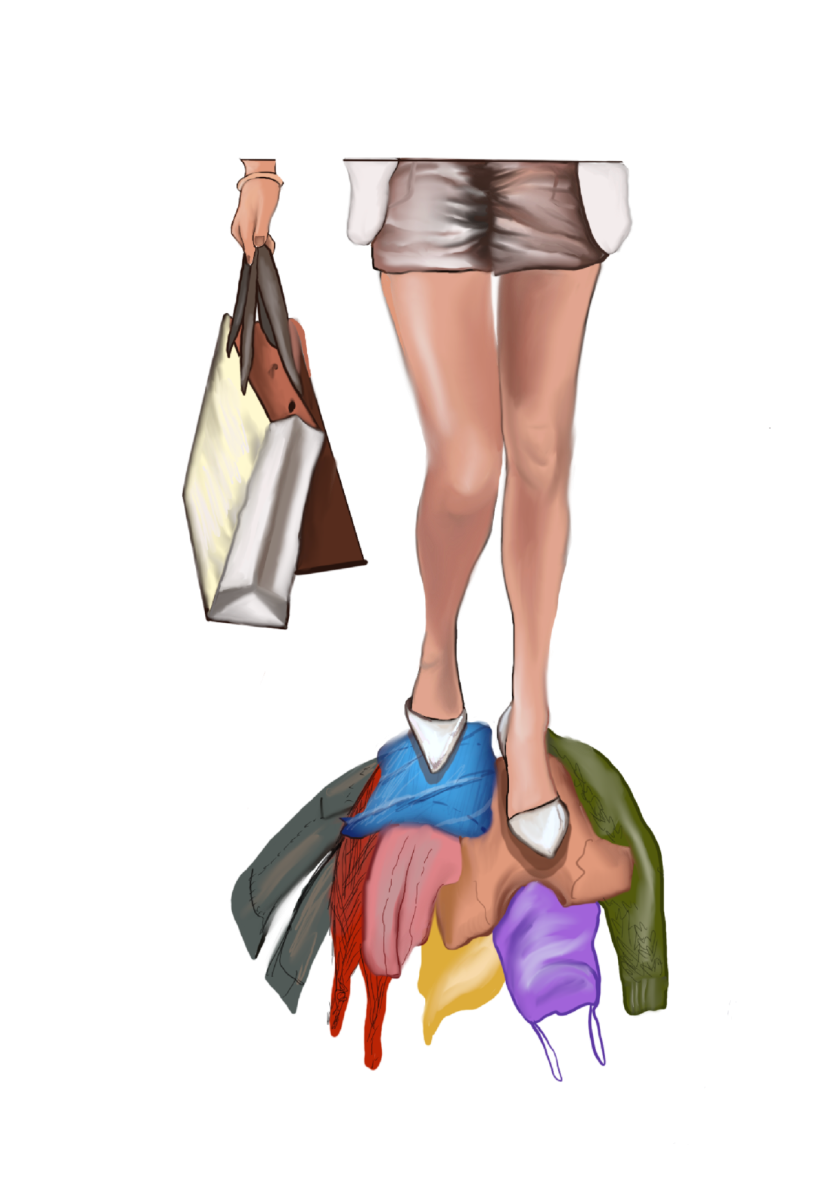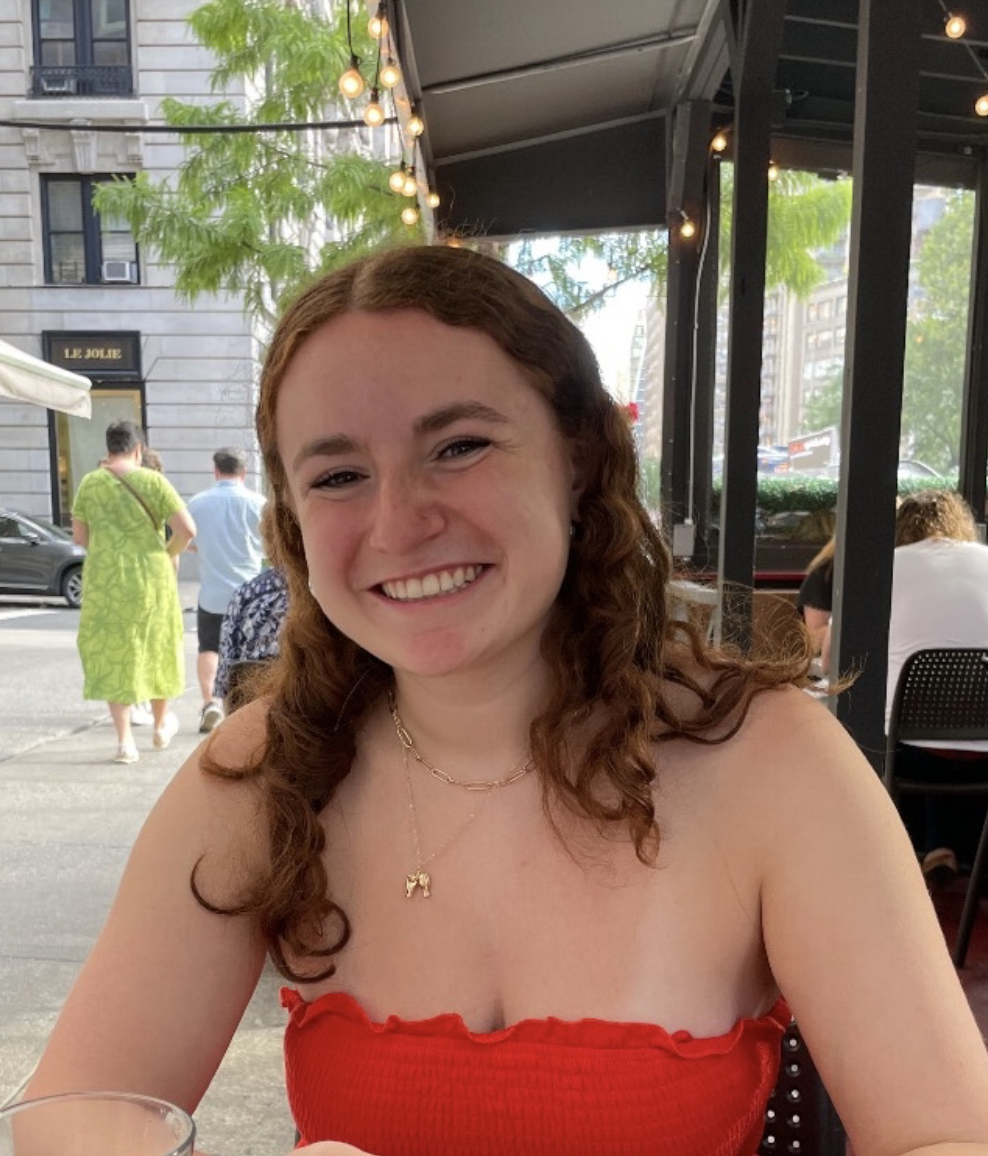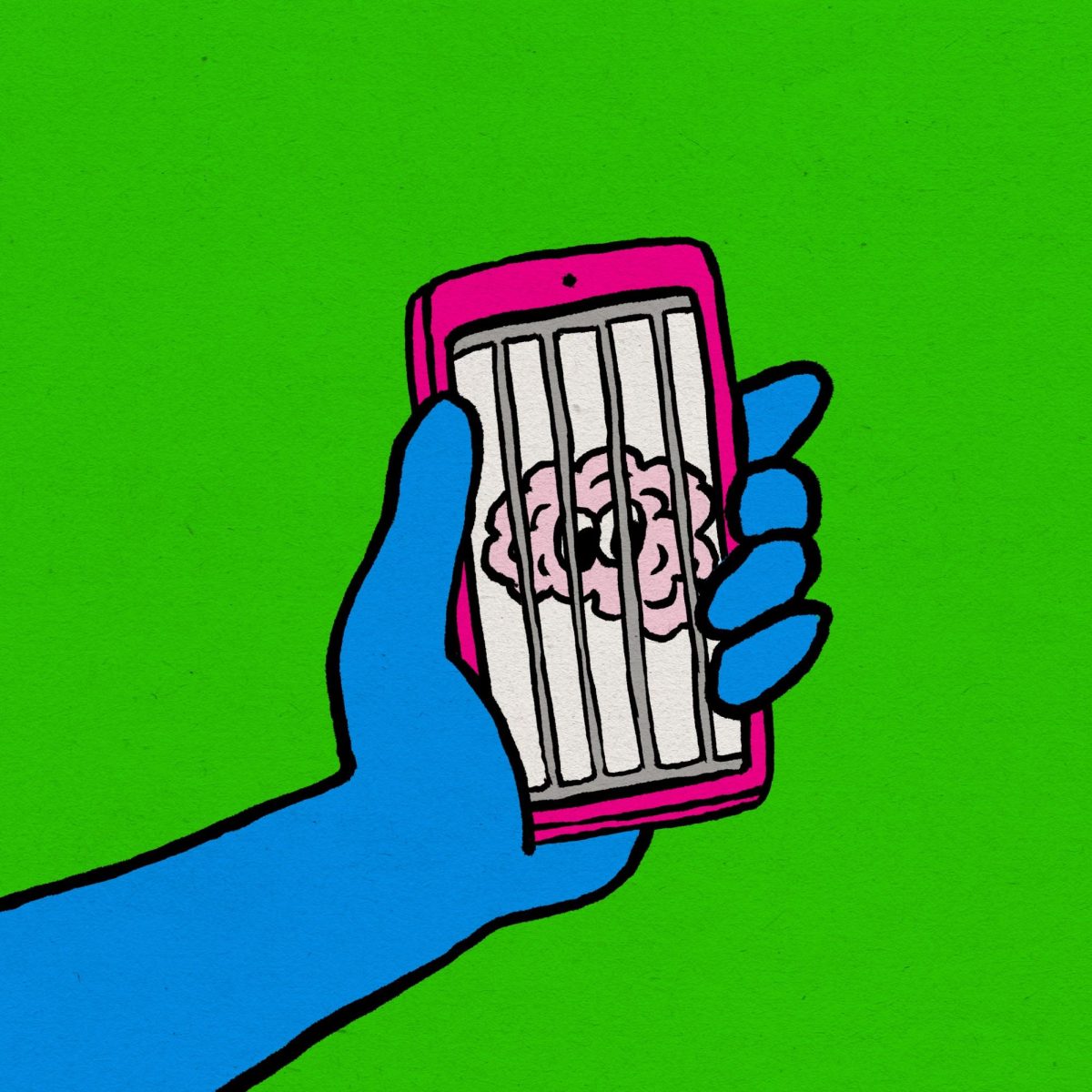From Nov. 12 to Nov. 15, the Colgate University theater department brought “Victor, or Power to the Children” to life at the Brehmer Theater in Dana Arts Center. The play is the work of French surrealist playwright Roger Vitrac, first shown in 1928. This adaptation was directed by Senior Lecturer in the University Theater Simona Giurgea.
Before the play begins, the audience is primed with an unusual advisory in the playbook: “This show is meant to entertain, amuse, disgust, surprise and confuse you.” This might be summed up in a single word: chaos.
Giurgea spoke passionately about this idea of chaos.
“There is a profound limitation in the way we relate to the world,” Giurgea said. “And we justify it by saying there is no other way to survive the chaos. But who produces the chaos? And what are our boundaries?”
The perception that chaos could have a positive connotation is something that needs to be considered while viewing Giurgea’s adaptation.
The play opens with a dialogue between nine-year-old Victor, played by senior Sam Varzandeh, and his maid Lili, played by first-year Leah Crebbin. Victor is quickly characterized as wise beyond his years, albeit in a morally dubious way. He harbors intelligent thoughts equal to an adult’s, but with devious underpinnings. It is clear that he encompasses only the corrupt, dark traits of adulthood: he makes crude adult jokes, verbally manipulates Lili and destroys a family heirloom, all within the opening sequence. His unlikable, rebellious nature in contrast with the traditionally sweet innocence of a nine-year-old establishes the baseline of surrealism in the play.
As the production continues to unfold, all five of the words used in the advisory are thoroughly embodied. There are moments where time periods are transcended, characters behave nonsensically or dialogue seems uninterpretable. This leads to jarring moments mixed with comedic ones. The unpredictability of it all leaves the audience with an inability to distinguish whether to approach the unfolding events with curiosity or dread, which is effectively compelling. A moment of laughter might very well turn to revulsion before you can even perceive the tone switch.
With such a nonconforming plot as this one, it is difficult to pinpoint a single theme or interpretation that is meant to be concluded. Rather, it is likely that you might come out with a completely different take than a peer, an atypicality that Giurgia acknowledged.
“It’s an intelligent play,” Giurgia said. “I have all the hope in the world that our audience will take advantage of that and it will spur conversation, even if it’s just about what theater should be.”
To her point, this play won’t go down easy. It’s meant to evoke a mental struggle, both among yourself and others, rather than an acceptance of a traditional conclusion.
A separate panel discussed the creation of the play and its themes — including vulnerability, profit, and the aforementioned chaos — with scenic designer Anna Kiraly, lighting designer Nic Vincent, costume designer and Visiting Instructor in Theater Fabian Aguilar and Technical Director in Theater Anna Labykina.
“[The production is] not just an end product, it’s really a philosophy, it’s a thought process, it’s my vulnerability,” Kiraly said.
Kiraly’s sentiments bring to light the fact that playwriting is often a direct reflection of the playwright’s inner thoughts and feelings — an idea that Giurgea echoed.
“Talking about one’s vulnerability, one has to declare, in this indirect form, how they see the world,” Giurgea said.
It’s an exposing practice: revealing one’s inner desires with the risk that an audience may provide negative feedback. The fear of negative feedback can also be profit-driven, as lamented by Vincent, who expressed his love for theater in an academic setting due to its nonchalant attitude towards profit.
“Chase that foolishness, freedom to mess up, to fail, because failure is great […]. A scenario where you are less influenced by financial success is an environment where you can really pursue that better,” Vincent said.
In an environment with financial incentives, it is easy to let doubts and anxiety get the better of your creative choices in fear that the production will not sell. In an environment free of these restraints, a “chaos” of ideas can freely ensue, as realized here in Colgate’s Brehmer Theater.


